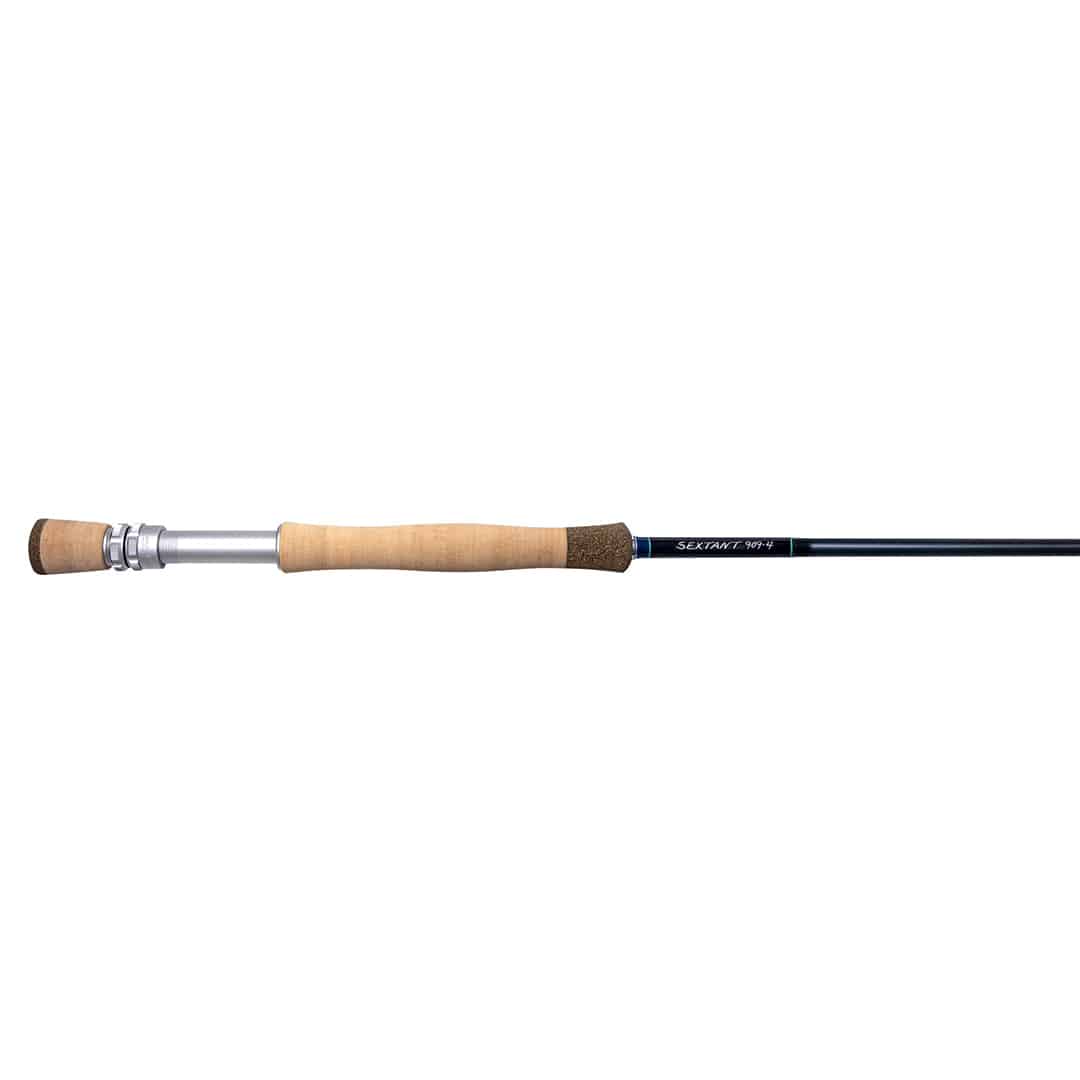In saltwater fly fishing, fly presentation and placement are often as critical as when casting tiny imitations to fussy selective trout. But there is also a need for power; both to face into the wind so commonly encountered and to turn the heads of the largest fish.
These combined challenges of accuracy, delicacy and power are met with the new Sextant saltwater series from T&T.
Thomas & Thomas Sextant Saltwater Fly Rod Feature Review
As technology and performance continue to push the limit of possibilities, the end goal for a fly rod remains the same. We seek to cast a fly line with ease and accuracy – to deliver our best artificial imitation at the right time and in the right place to convince the fish to eat.
The Sextant rod family was born from extensive R&D, representing an evolution in composition and construction from any fly rod previously available. Sextant rods are constructed with a unique reinforcement strategy that enhances strength and recovery properties of high performance unidirectional fibers. This improves the coefficient of energy of the completed rod sections, resulting in rods that load quickly and generate wind-cutting line speed and casting distance with less effort.
The entire Sextant rod family shares a smooth loading, quick recovery action that allows for precise accuracy at short distance without sacrificing the power and backbone necessary for punching flies longer distances through the wind, common on the saltwater flats.
- Extra dense premium Flor grade cork grips, with 1.25” composite reinforcement at the top end on 9-12wt models
- Matte Titanium finish uplocking anodized reel seat with T&T’s trademark roll-stamped logo and Delrin washers between the locking nuts
- Natural finish nickel-titanium RECoil snake guides
- Super light titanium frame stripping guides fitted with premium Silicon Nitride inserts. Rods 6-10wt feature two stripping guides. Rods 11-12wt feature three stripping guides
- Stealthy semi-gloss blue finish with dark blue primary wraps and seafoam green accent wraps
- Optimized guide spacing strategy, with lower stripping guide placement for increased lifting power













